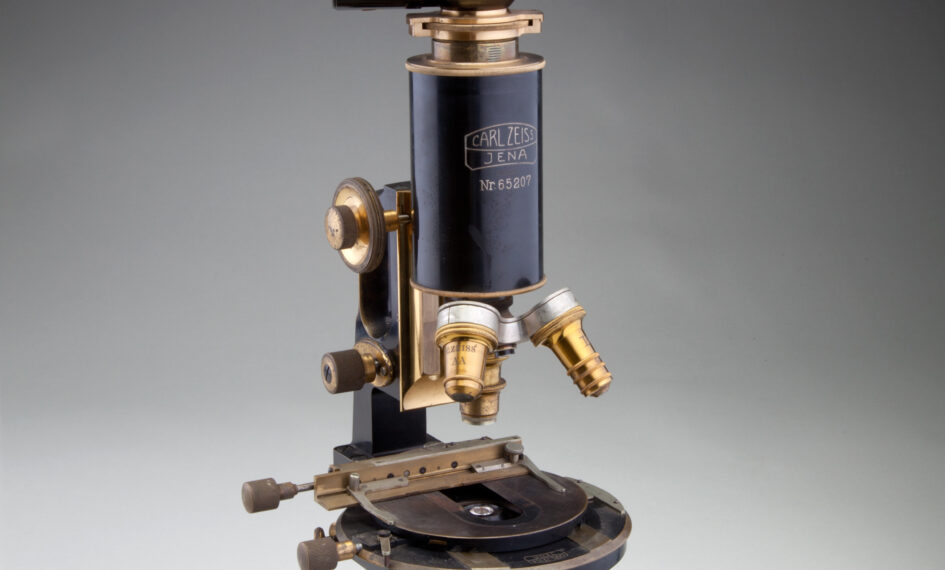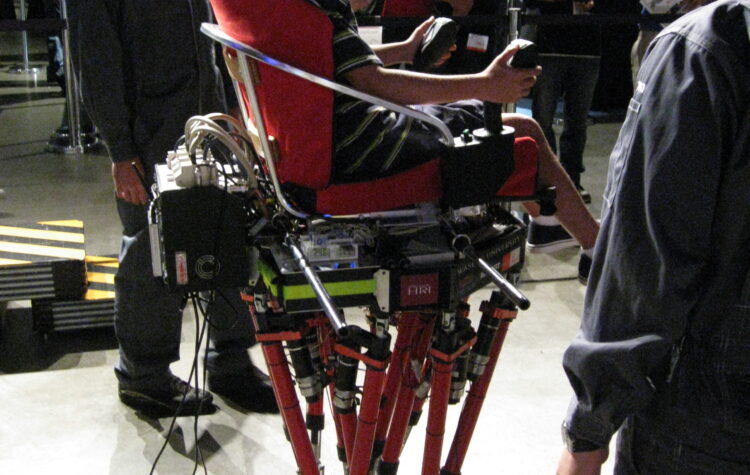The term “microscope” is fundamental in the field of science, particularly in biology and materials science. Here’s an overview of its definition, etymology, and origin:
- Definition: A microscope is an instrument used to see objects that are too small to be seen by the naked eye. Microscopes magnify tiny objects, allowing detailed observation and analysis. There are various types of microscopes, including optical microscopes, electron microscopes, and others, each suited for different purposes and levels of magnification.
- Etymology and Origin:
- The word “microscope” is derived from the Greek words “mikros,” meaning “small,” and “skopein,” meaning “to look” or “to see.” So, it literally translates to “to look at the small.”
- The concept of magnifying small objects dates back to ancient times, with the use of simple lenses. However, the compound microscope, as we know it today, was developed in the late 16th and early 17th centuries.
- The invention of the microscope is attributed to several scientists, including Hans and Zacharias Janssen and Antonie van Leeuwenhoek. The developments in this period allowed for the exploration of the microscopic world, fundamentally changing the fields of biology and medicine.
The evolution of the microscope from its conceptual origins in ancient lens-making to a sophisticated scientific instrument illustrates a significant leap in human capacity to explore and understand the microscopic realm of nature.



